Spotting a wolf in your backyard can be an exhilarating, yet nerve-wracking experience. Wolves are majestic creatures revered by many for their beauty and intelligence. However, encountering one in close proximity to your home can raise questions about safety and the best course of action. While wolves are generally shy and avoid human interaction, understanding their behavior can help you respond appropriately. Knowing when to observe from a distance and when to take action is key to coexisting peacefully with these wild animals. This article is designed to guide you through this rare but possible event, ensuring both your safety and the well-being of the wolf.
Understanding Wolves: Nature’s Intrepid Predators
Wolves are fascinating animals that have roamed the earth for thousands of years. Known for their pack mentality, these creatures are highly social and intelligent. They are often misunderstood as aggressive and dangerous, but in reality, wolves are usually shy and prefer to avoid human interaction. Understanding their behavior is key to knowing how to react when you see one. Wolves are curious by nature, and they may wander into residential areas out of curiosity or in search of food, especially if their natural habitats are disrupted.
Stay Calm and Assess the Situation
The first rule of thumb when you see a wolf in your backyard is to stay calm. Panicking can lead to rash decisions that might escalate the situation. Take a deep breath and observe the wolf from a safe distance. Determine whether the wolf is alone or if there are others nearby. Keep in mind that wolves are more fearful of humans than we are of them, so they are unlikely to approach unless provoked.
Ensure Safety for Yourself and Others
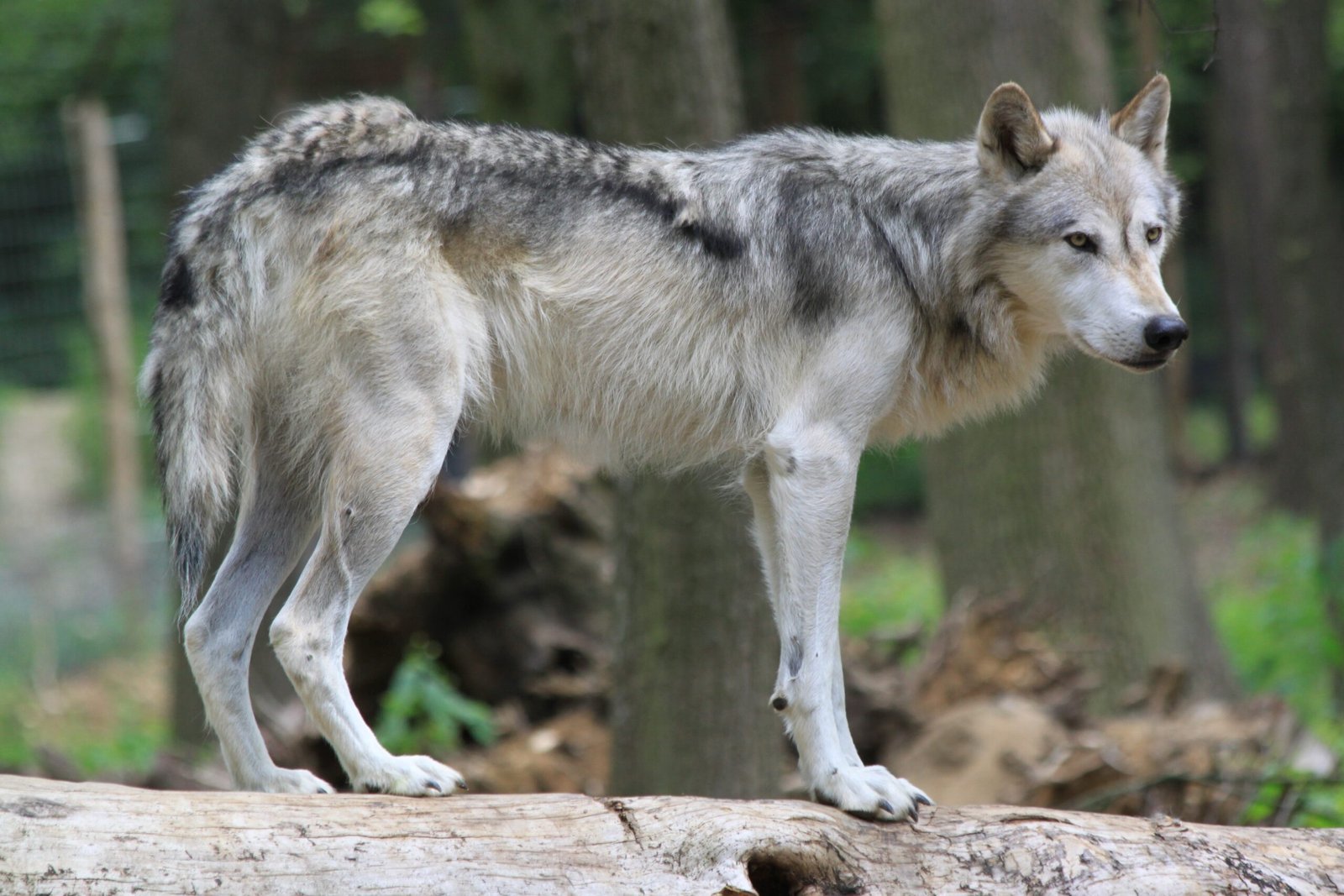
Your safety and the safety of your family should be your top priority. If you have children or pets outside, bring them indoors immediately. Make sure everyone stays inside until the wolf leaves the area. Secure all entry points to your home to prevent the wolf from venturing inside. Wolves are generally not a threat to humans, but it’s better to err on the side of caution.
Do Not Approach or Feed the Wolf
Approaching a wild animal is never a good idea. Wolves are wild predators and should be treated with respect. Feeding them can encourage dependency on human food sources and may lead to more frequent visits. It’s crucial to let the wolf find its way back to the wild without human interference. Remember, wolves have survived for centuries without our help.
Make Noise to Deter the Wolf
If the wolf doesn’t seem to be leaving, you can make noise to encourage it to move on. Clap your hands, shout, or use a whistle to create a disturbance. The goal is to make the wolf feel uncomfortable, prompting it to leave your property. Wolves are naturally wary of loud noises, which can help deter them from sticking around.
Secure Your Property
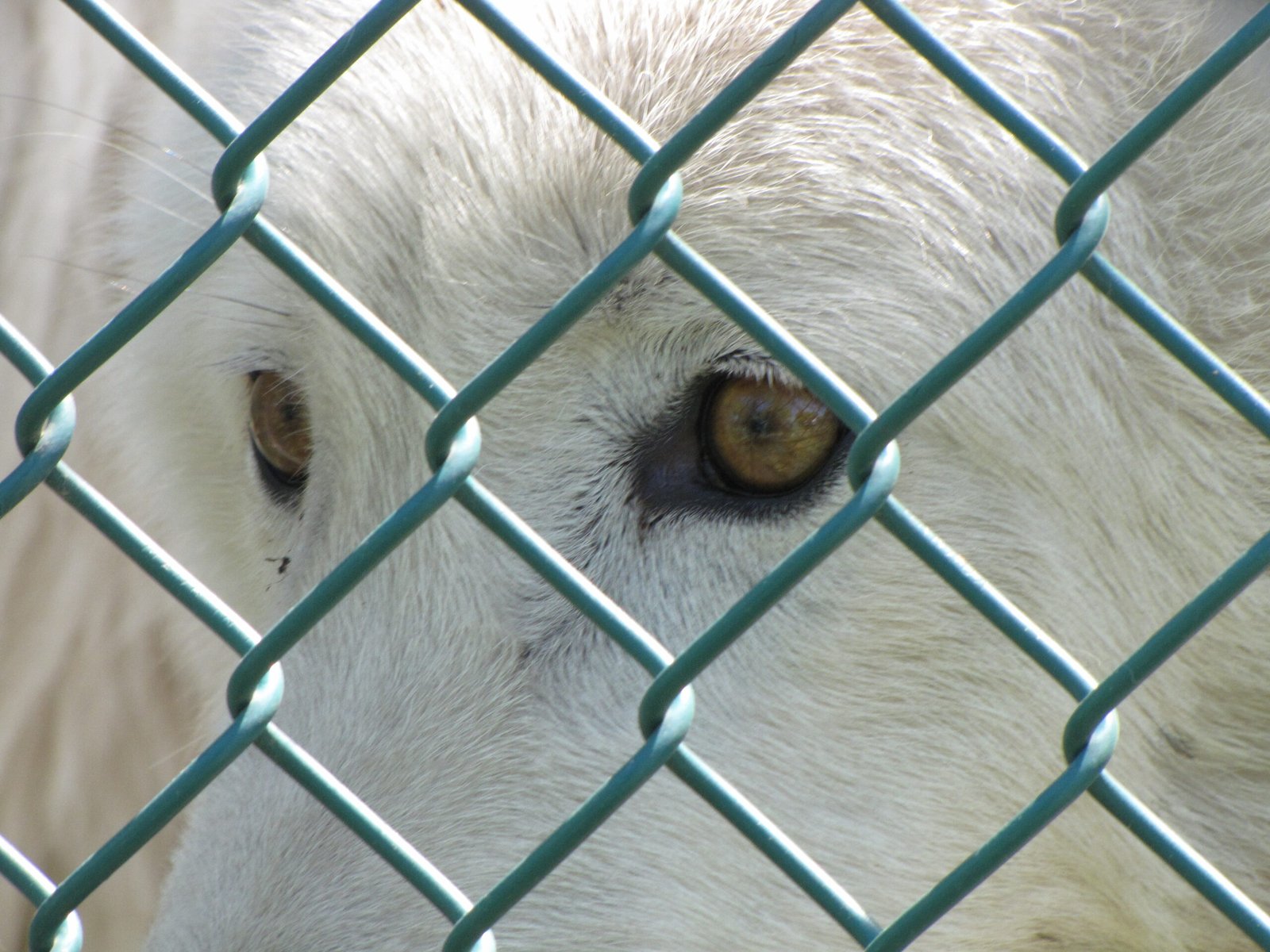
Preventing future visits from wolves involves securing your property. Ensure that your garbage is stored in wolf-proof containers, as the smell of food can attract them. If you have livestock, consider installing fencing that is high and sturdy enough to keep wolves out. Motion-activated lights and alarms can also act as deterrents.
Report the Sighting to Authorities
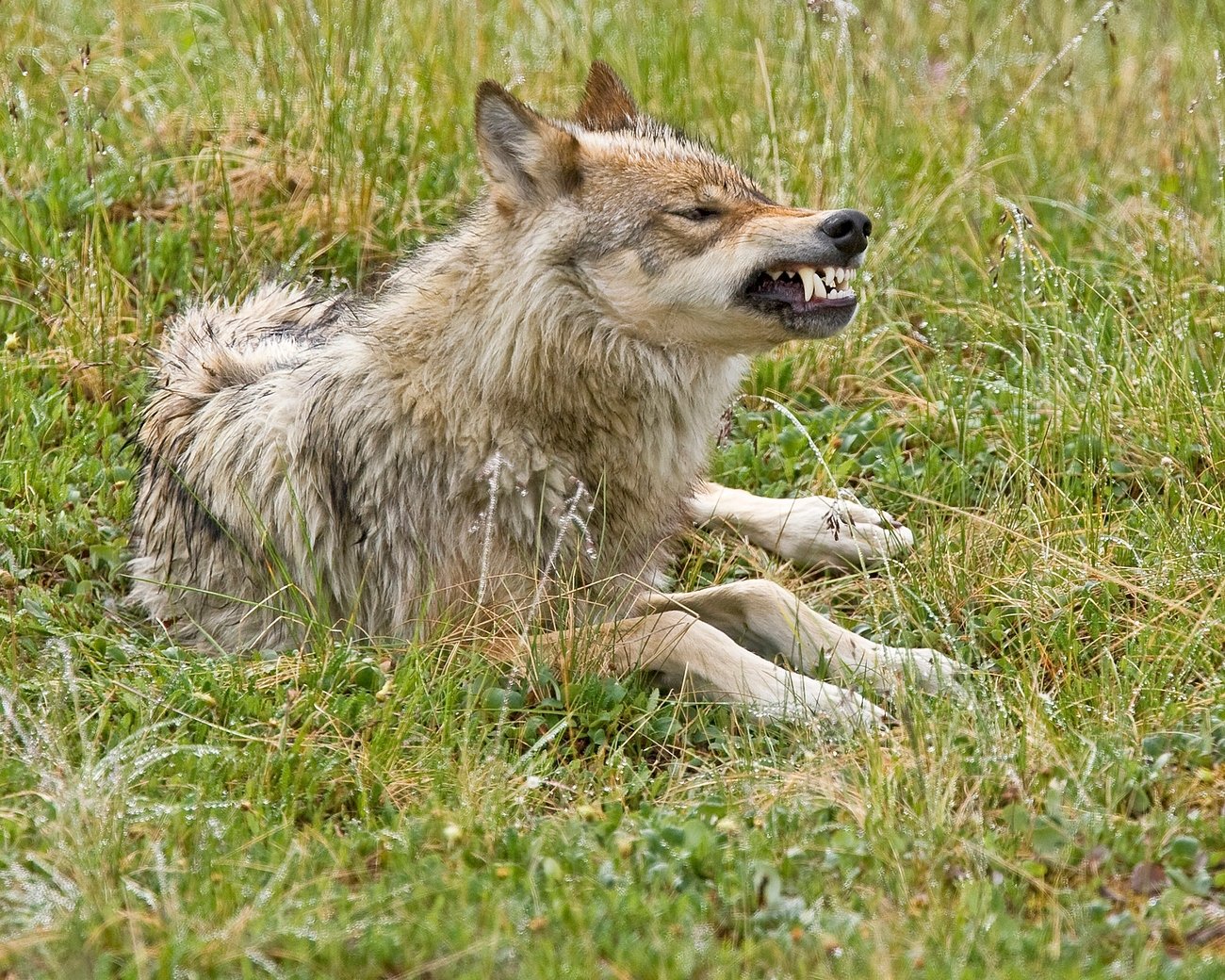
Reporting a wolf sighting to local wildlife authorities is a responsible step. They can provide guidance and ensure that the wolf is safely relocated if necessary. Authorities can also monitor the situation and take action if there are any signs of an increased wolf presence in the area.
Educate Yourself and Your Neighbors
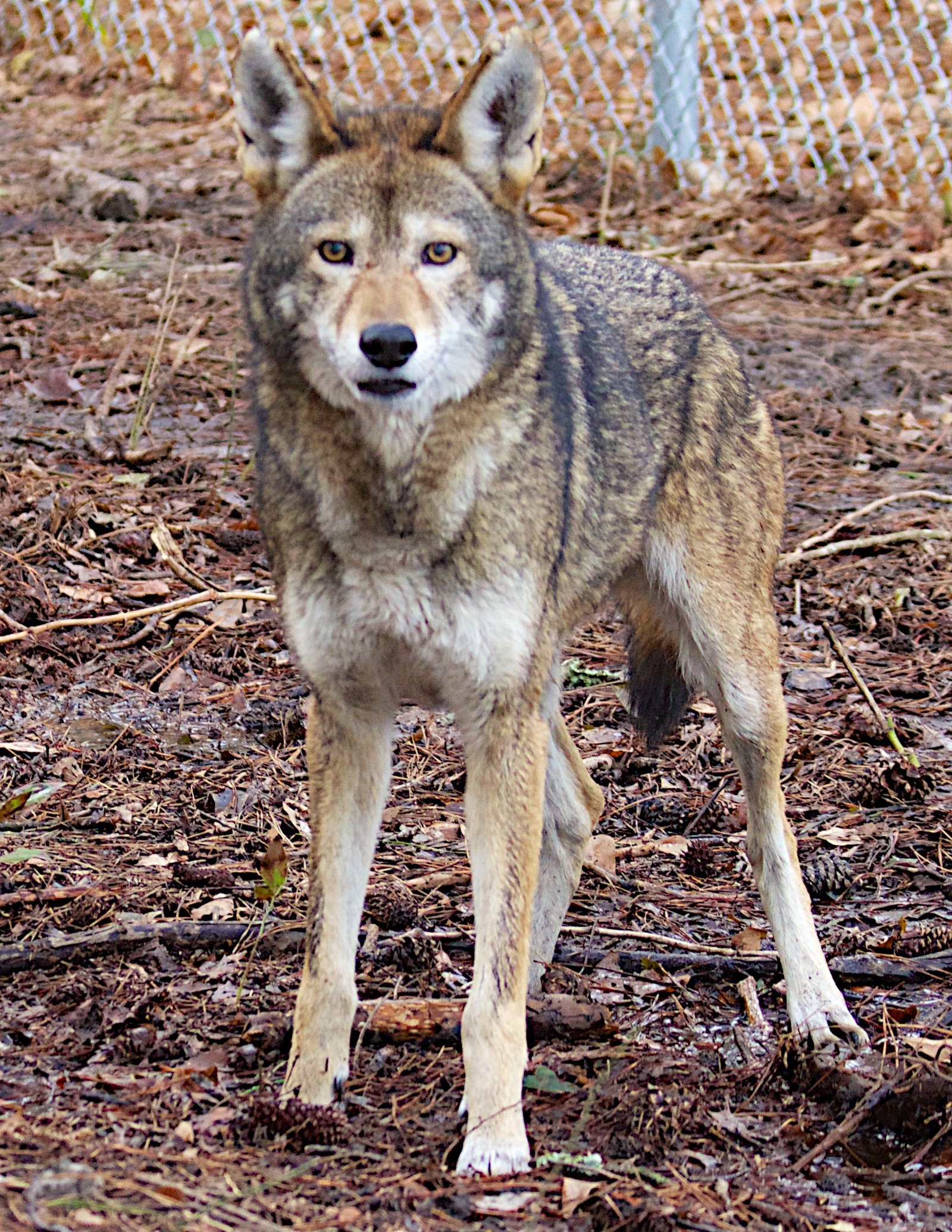
Knowledge is power when it comes to coexisting with wildlife. Educate yourself about wolves and share this information with your neighbors. Understanding wolf behavior and ecology can help prevent fear and misconceptions. Creating a community that values and respects wildlife can lead to more harmonious living conditions for both humans and animals.
Respect the Wolf’s Role in the Ecosystem
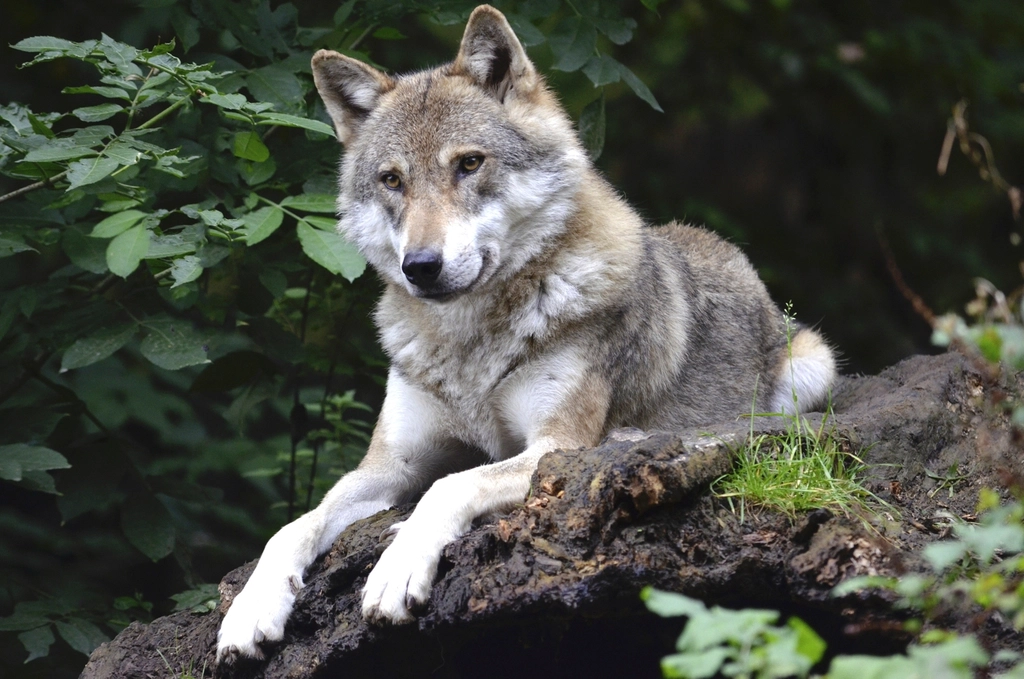
Wolves play a vital role in maintaining the balance of ecosystems. They help control populations of herbivores, which in turn affects plant life and the overall health of the environment. By respecting their role, we contribute to the preservation of biodiversity. Remember that seeing a wolf is a rare and unique experience that signifies the presence of a healthy ecosystem.
Conclusion
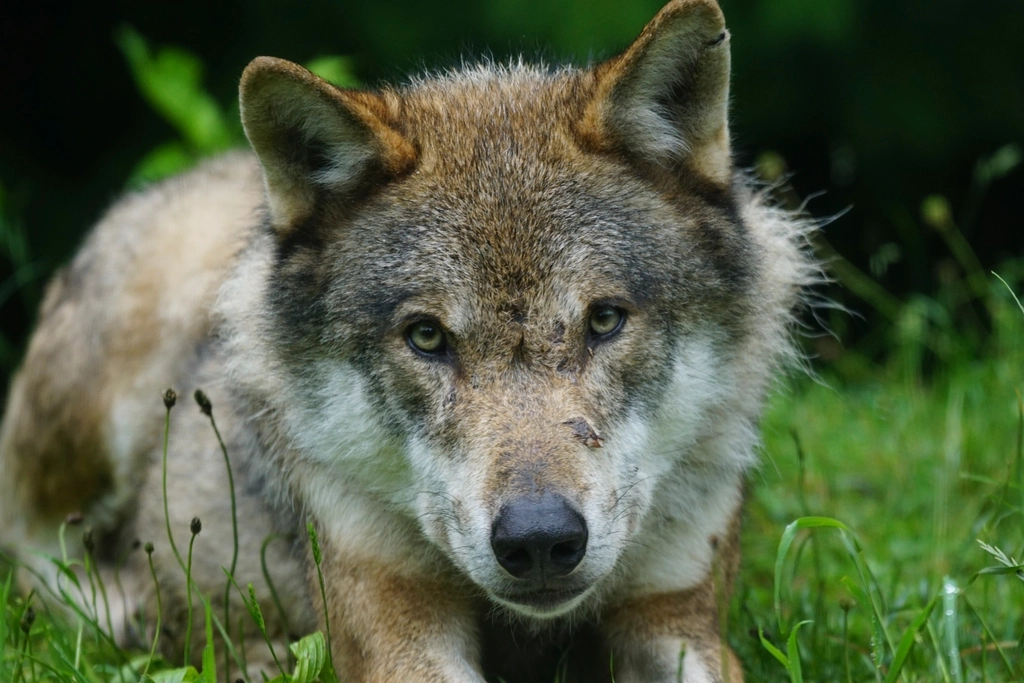
Encountering a wolf in your backyard can be a once-in-a-lifetime experience. By remaining calm, ensuring safety, and respecting the wolf’s natural behavior, you can peacefully coexist with these magnificent creatures. Remember, it’s important to appreciate the beauty and significance of wildlife while taking the necessary precautions to protect both yourself and the animals that share our world.

Esther is from India; the heartbeat of South Asia, holding a Master’s degree in Zoology and a postgraduate diploma in Animal Welfare. Her enthusiasm for animal welfare drives her passion and dedication to working for animals, ensuring their well-being, and advocating for their rights. With a solid academic background and hands-on experience, she is committed to making a positive impact in the field of animal welfare. In her free time, she enjoys embroidery and sewing. As a Chennaite from Tamil Nadu, Esther loves Bharathanatyam, an Indian classical dance form.





